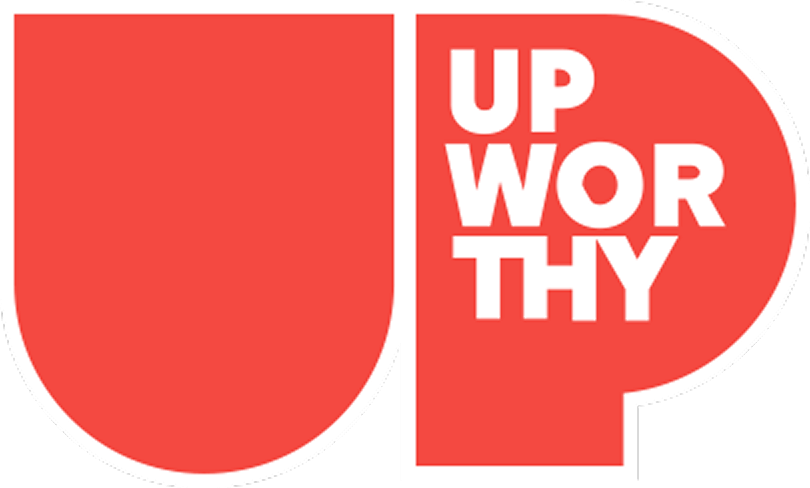Your dog isn't just watching your every move—they're judging them, too. According to research by Akiko Takaoka of Kyoto University , dogs are a lot better at reading human behavior than we give them credit for. In fact, they know when you're lying. And worse? They remember it.
The experiment that exposed canine trust issues
 They've evolved with us, and dogs know our tricks. Canva
They've evolved with us, and dogs know our tricks. CanvaIn a clever experiment involving 34 eager and unsuspecting pups, Takaoka and her team put canine social smarts to the test. The setup was simple: most dogs will follow a human’s point to find food. So, first, researchers pointed to containers with treats. The dogs eagerly trotted over, rewarded with snacks and tail wags.
"Dogs can tell when you're lying. And they don’t like it one bit."
— Akiko Takaoka
Then came the twist. Researchers pointed again—but this time, the containers were empty. The dogs arrived, hopeful, only to find nothing inside. A harmless prank, perhaps. But the dogs didn’t see it that way.
Once lied to, twice shy
The final round revealed just how deeply dogs care about honesty. Researchers again pointed to containers, this time with real treats. But the dogs didn’t budge. Every single one of the 34 refused to fall for it again.
"Not a single one approached the container in the third round."
— Study findings
According to Takaoka, the results show just how tuned-in dogs are to human trustworthiness. “Dogs have more sophisticated social intelligence than we thought. This social intelligence evolved selectively in their long life history with humans,” she explained in an interview with the BBC . Even she was surprised by how quickly dogs “devalued the reliability of a human.”
"They remembered the earlier deceit—and acted on it."
— Study summary
Our pets, the furry philosophers

Source: Photo by Laurie Gouley
So what does this mean for all of us with furry friends? It’s a reminder that our dogs are more than just pets—they're perceptive partners, quietly observing and emotionally reacting to the way we interact with them. They’re not only capable of joy and affection but also of skepticism and disappointment.
Next time you play a sneaky game of “fake the throw,” remember—your dog might not be so quick to forgive. Trust is a two-way street, even with a tail on the other end.











 This represents the key to the perfect flow statePhoto by
This represents the key to the perfect flow statePhoto by 






 Representative Image Source: Unsplash | Pawel Czerwinski
Representative Image Source: Unsplash | Pawel Czerwinski 
 Representative Image Source: Pexels | Pixabay
Representative Image Source: Pexels | Pixabay 







